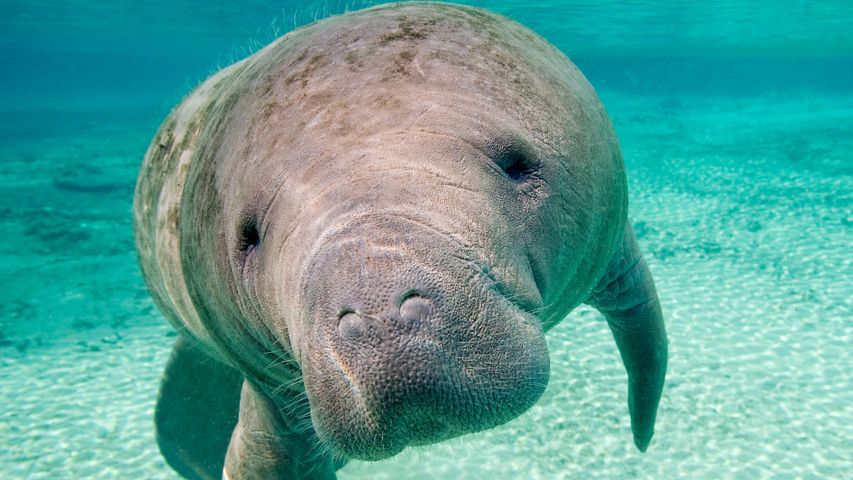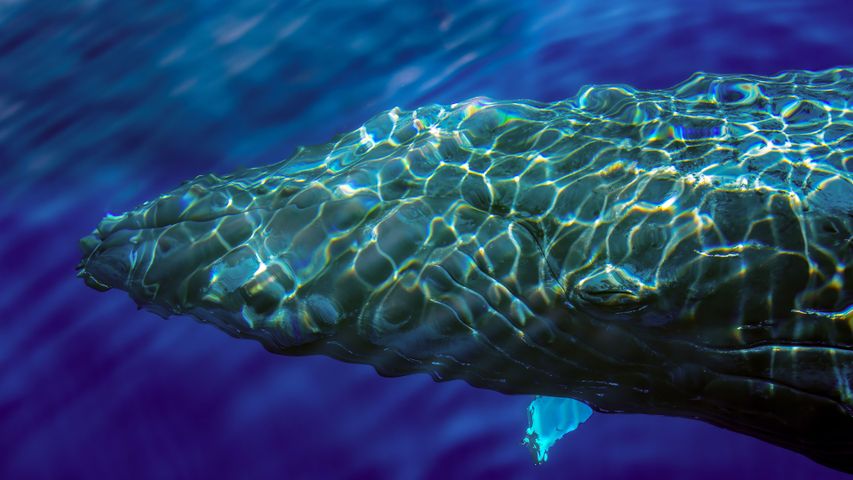Let's drop some facts
© Iro Kiorapostolou/500px/Getty Images
What causes dewdrops like those in this macro photo to form? It's all relative, as in relative humidity—the ratio of how much moisture is in the air versus how much it's able to hold at a given temperature. That may sound complex, but think of it this way: When the air is cool (say at night), it can hold less moisture before it's 'full,' or has reached the dew point. That moisture has to go somewhere, and a lawnful of grass includes a whole lot of surface area, so that's where a lot of the excess water winds up. As daylight heats the air, it'll be able to take on more moisture through evaporation, putting a damper on the dampness.

 A sea cow's close-up
A sea cow's close-up
 Turtle time
Turtle time
 A colorful coral cleaner
A colorful coral cleaner
 A hawksbill says hi
A hawksbill says hi
 A benthic 'blossom'
A benthic 'blossom'
 Hello, humpback
Hello, humpback
 Found you!
Found you!
 A humpback hits Hawaii
A humpback hits Hawaii